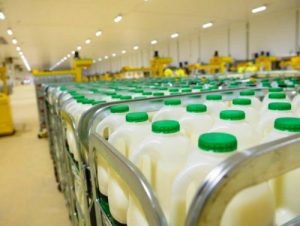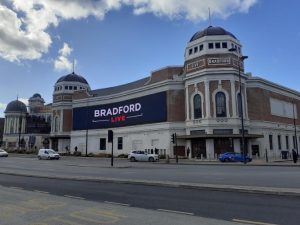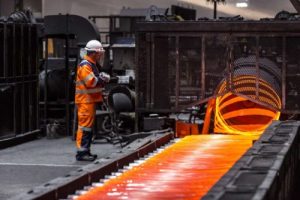Legislation looks to cut CO2 emissions

NEW rules that come into force today will pitch some of Yorkshire’s largest organisations against each other in a drive to cut carbon dioxide (CO2) emissions.
For the first time, large, non-energy intensive organisations, which account for about 10% of UK CO2 emissions, will be legally bound to closely monitor and report their emissions from energy use in preparation for carbon trading.
The scheme will also give people and businesses the opportunity to compare organisations’ efforts to combat climate change for the first time.
The Government scheme – known as the CRC Energy Efficiency Scheme – will include household names such as Sainsbury’s, Tesco, Marks & Spencer, John Lewis, Barclays, HSBC, Hilton and Marriott. It will also include manufacturers and construction companies.
These businesses will be ranked according to reductions in energy use and improvements in energy efficiency alongside public sector organisations such as NHS trusts, local authorities and government departments.
Analysis for the Environment Agency suggests that the scheme could reduce CO2 emissions by up to 11.6m tonnes per year by 2020 – the equivalent of taking 4m cars off the road. It is also expected to save organisations money through reduced energy bills – benefiting the economy by at least £1bn by 2020.
More than 20,000 organisations will have to register with the Environment Agency by the end of September this year. Around 5,000 of these organisations – those that used at least 6,000 Megawatt hours (MWh) of half-hourly metered electricity in 2008 – will have to report their emissions and, from 2011, buy allowances for every tonne of CO2 they emit. During the introductory phase in 2011 and 2012, allowances will be sold at a fixed price of £12 per tonne of CO2.
All the money raised from allowance sales will be recycled back to participants according to their energy performance. The best performers will get more money back than they paid, while poor performers will get less. From next year, the Environment Agency will publish an annual league table highlighting the best and worst performers in CRC.
From 2013 a cap and trade system will be introduced. This will limit the total amount of carbon dioxide these organisations can emit by capping the total number of allowances available and selling them at auction.
A further 15,000 organisations that use less than 6,000MWh, but still have at least one half-hourly electricity meter, will be obliged to register and declare their electricity use.
Environmental law expert Teresa Hitchcock, who heads up DLA Piper’s UK climate change practice in Sheffield and has advised a large number of businesses and public bodies on their obligations under the CRC, added: “The CRC scheme is designed to incentivise organisations to become more energy efficient by forcing them to buy allowances equivalent to their energy usage, and then earn money back by reducing their consumption.
“Under the scheme organisations will have to report their non-transport related energy consumption, including commercially metered gas and electricity every year. They will also need to buy and surrender allowances to match their consumption. The revenue raised from selling allowances will then be recycled back to companies to reflect performance in a league table.”
Steven White, director and sustainability leader in Yorkshire at PricewaterhouseCoopers, said: “Registration is the easy part of the scheme. 2011 is when the impact on cash flow will really be felt.
“Businesses need to get on top of the long term energy, cash flow and reporting requirements. Underestimating the impact will hit companies’ bottom line at a time when they can least afford it.”








